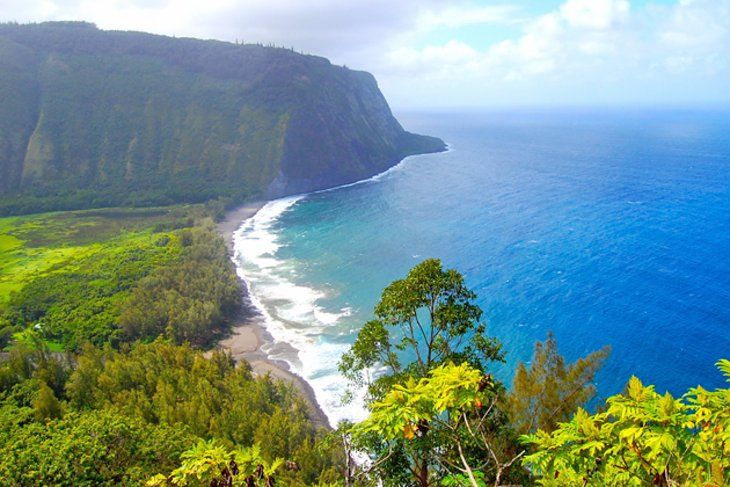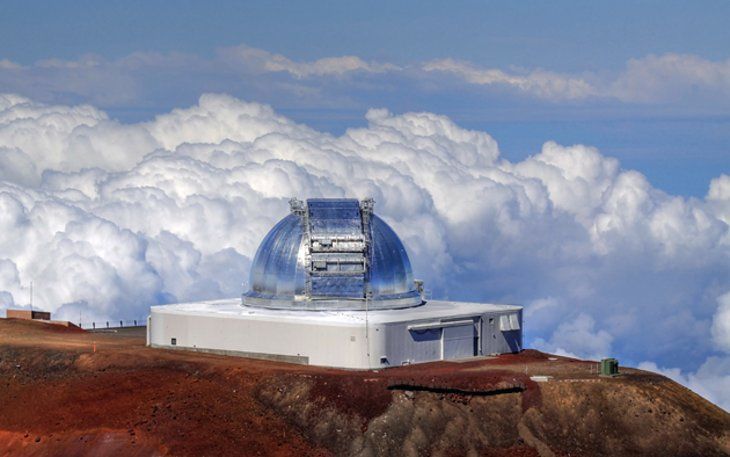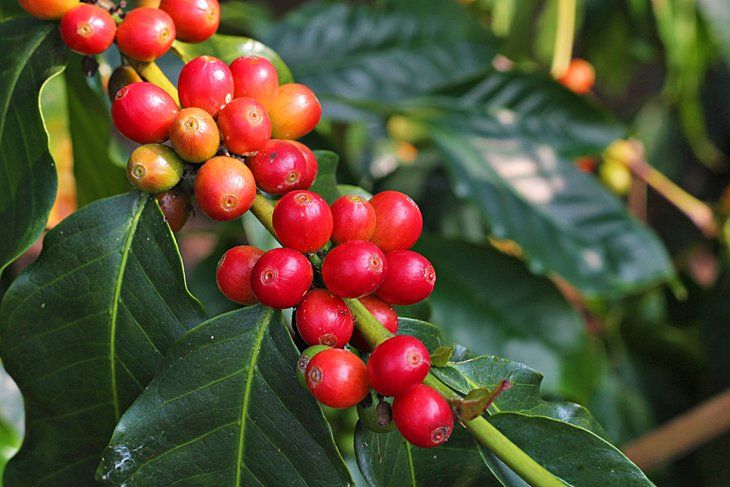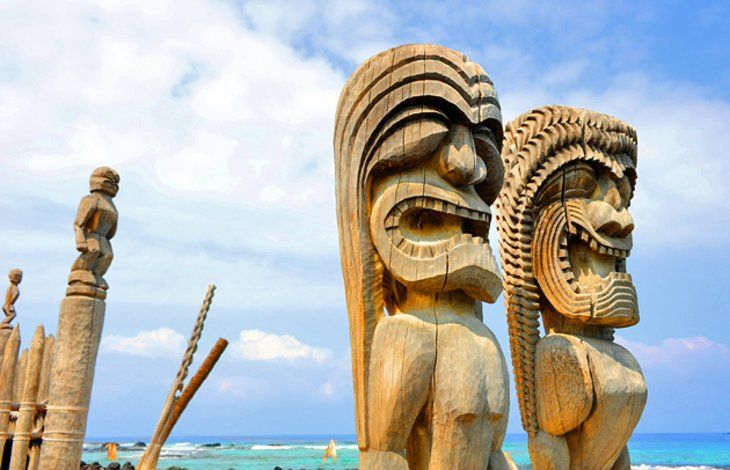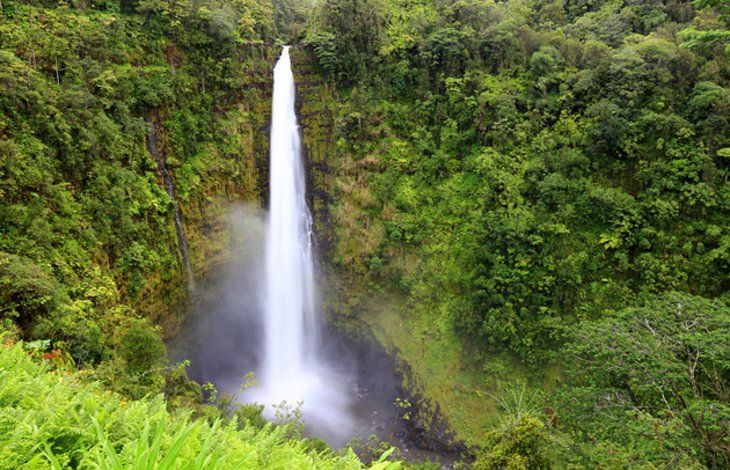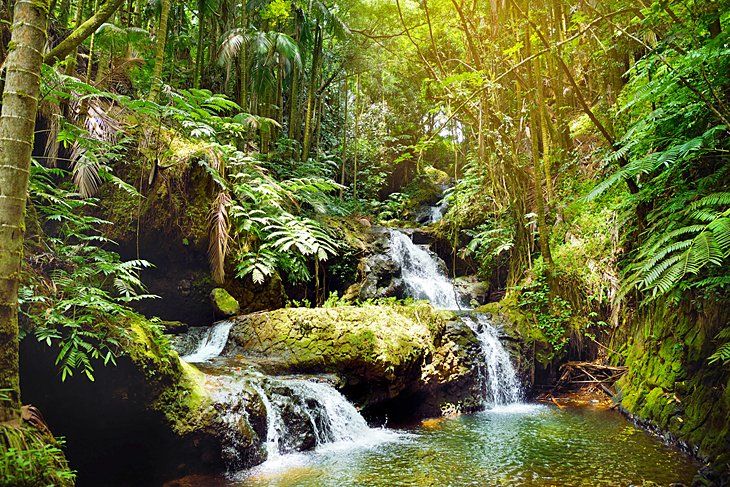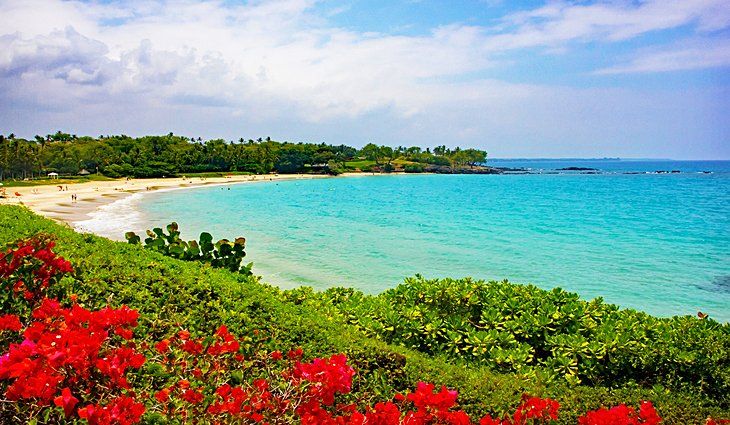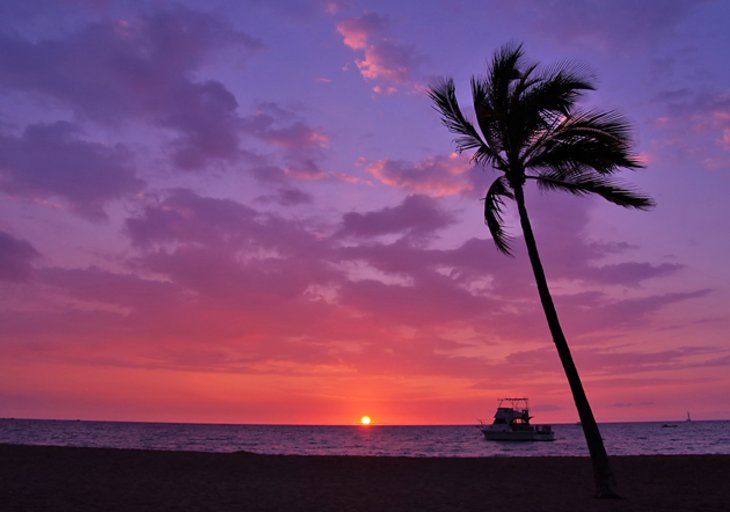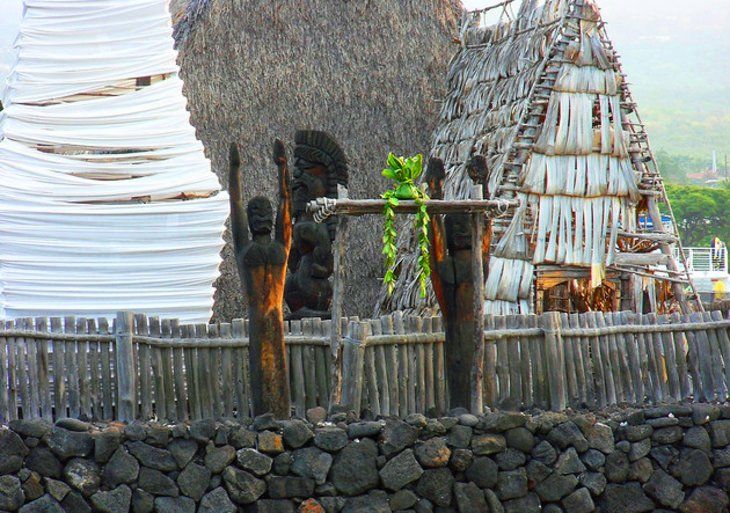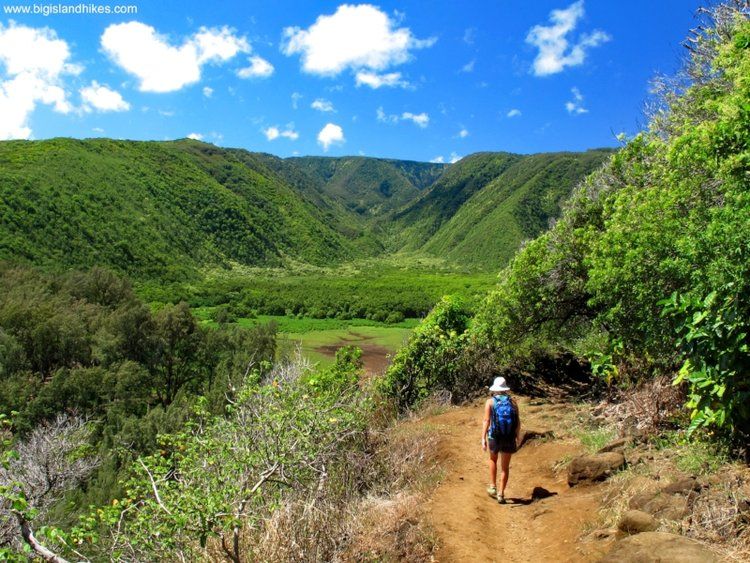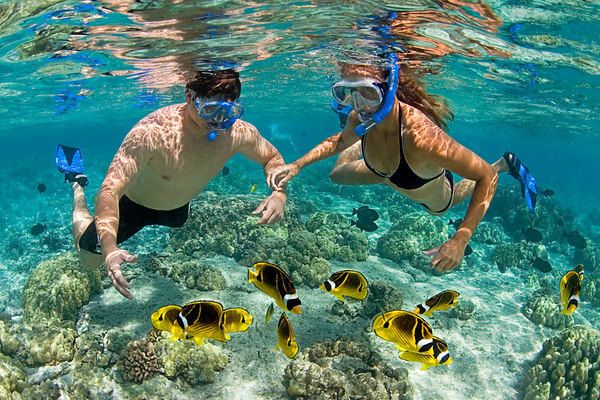See Nature in Motion at Hawaii Volcanoes National Park
This is one of the most geologically interesting national parks in the United States, home to two active volcanoes that allow visitors to see the wonder of nature in action. Visitors should be aware that various parts of the park and surrounding area, including roads, may be closed during periods of volcanic activity.
Sitting on the southeast side of the island, the park covers a total of 21 square miles, but continues to grow as active lava flows into the ocean and cools into rock. The park is home to the Kilauea volcano, which has most recently been active in 2018, with steam and ash explosions at the summit causing closures at the visitor center.
The Halema'uma'u crater, the legendary home of the Hawaiian goddess of fire, Pele, is an actively steaming crater, which brings curious tourists to its brim. Crater Rim Road brings tourists to the park's top attractions, including Devastation Trail, the landscape left behind after a 1959 eruption from the Iki crater. Another top attraction at the park is Thurston Lava Tube, a unique place where lava once flowed and cooled in such a way that it left a tunnel nearly 500 feet long and 20 feet high.


